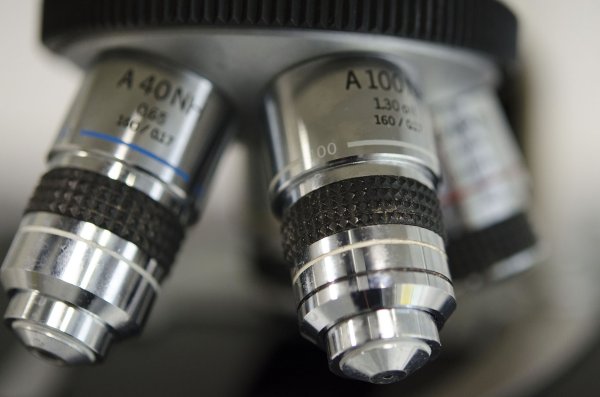New calculator to support malaria research microscopy
WWARN researchers have worked together with experts at Global Good-Intellectual Ventures Laboratory and the Queensland University of Technnology to produce a new tool designed to support researchers using microscopy in malaria research.

The Obare Method calculator is a Microsoft Excel-based tool for entering, comparing and reporting results from microscopy. It is designed to facilitate adherence by researchers conducting clinical trials to the new microscopy methods manual published on the Special Programme for Research and Training in Tropical Diseases (TDR) website in April.
The manual, ‘Microscopy for the detection, identification and quantification of malaria parasites on stained thick and thin blood films in research settings’, promotes consistency in malaria parasite detection, identification, and quantification.
The Obare Method Calculator enables researchers to make systematic assessments of whether the results of two blood film reads are concordant, or require a third reading, by calculating the mean parasite density of the reads on positive slides. It also facilitates the reporting of consensus results.
Dr Mehul Dhorda, Head of WWARN’s External Quality Assurance Programme, said: “The new calculator is a free tool for malaria researchers, enabling them to produce high quality results quickly and consistently. It supplements the WHO malaria microscopy manual and together they are an invaluable resource for enhancing microscopy in malaria-related clinical research.”
To use the Obare Method Calculator, the operator must enter a unique ID for each slide. The calculator allows the user to select:
- The film type (thick or thin) on which the malaria parasite density was assessed;
- Parasite counts as total count, or separately for each species identified on the film;
- Various methods for counting parasites.
The calculator will display the consensus results if the slide results are concordant, or recommend a third reading if it detects discordant results according to criteria including: the species of the parasites; presence/absence of asexual forms of the parasite; and parasite density.
Dr Michelle Gatton, Senior Lecturer in the Faculty of Health at the Queensland University of Technology, added: “Accurate and precise measurement of the numbers and species of malaria parasites is critical to the assessment of the efficacy of antimalarial drugs, diagnostic devices, and new vaccines. Examination of stained blood films is a major reference standard used in clinical and operational research, and it is essential that we work together to ensure the consistency and reliability of results. The Obare Method Calculator is a welcome addition to our toolkit for research on malaria.”
The calculator was based on a concept by the late Peter Obare of the Kenya Medical Research Institute (KEMRI). Dr Bernhards Ogutu, Chief Research Officer at KEMRI said: “Peter was a sincere and dedicated self-made malaria researcher deeply involved in initiatives promoting high quality malaria microscopy. He was instrumental in the establishment of a Malaria Diagnostics Centre of Excellence at the KEMRI-Walter Reed Project, Kisumu, Kenya. The calculator is humbly dedicated to Peter Obare in recognition of his contributions to the development of this method for quality control in malaria microscopy and to quality improvement in malaria diagnostics in general.”
WWARN’s External Quality Assurance team collaborates with more than 60 laboratories from 27 different countries to improve the analysis of antimalarial drug regimens and enhance the quality of research data output. Find out how you could be involved and visit the EQA page.
